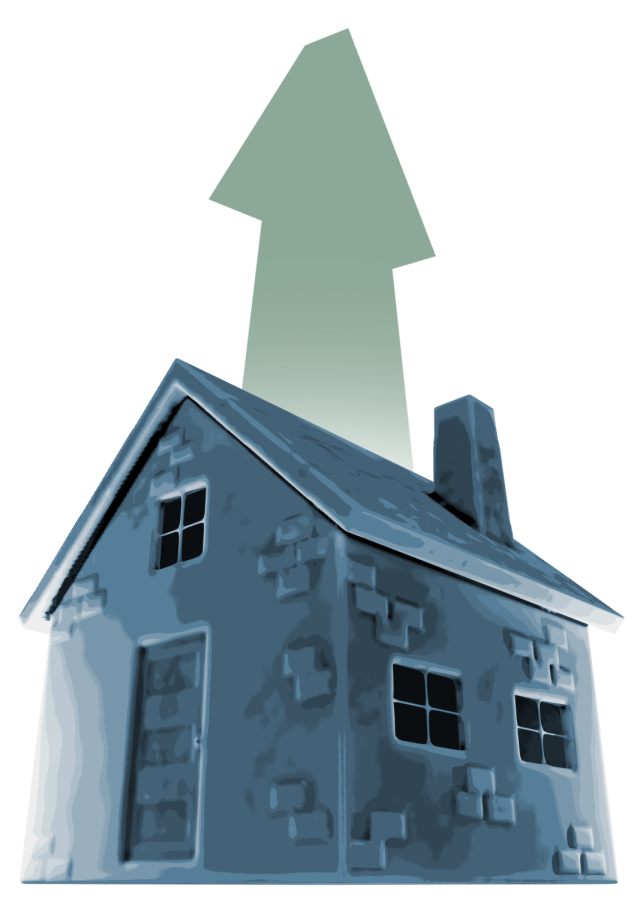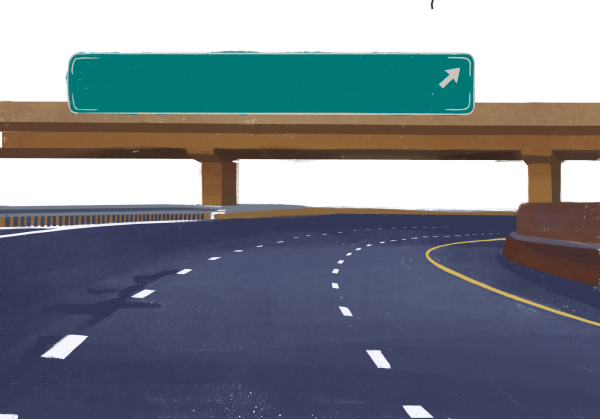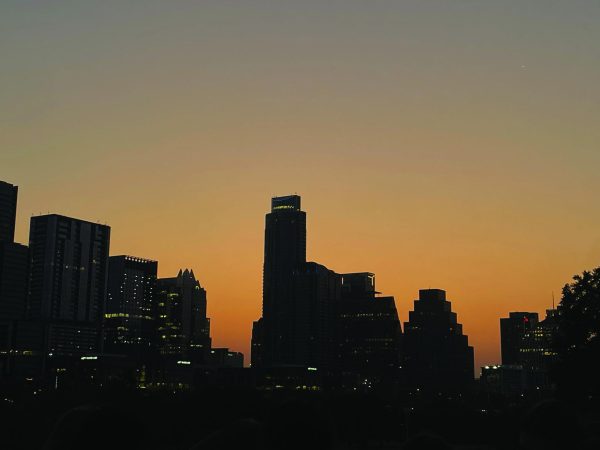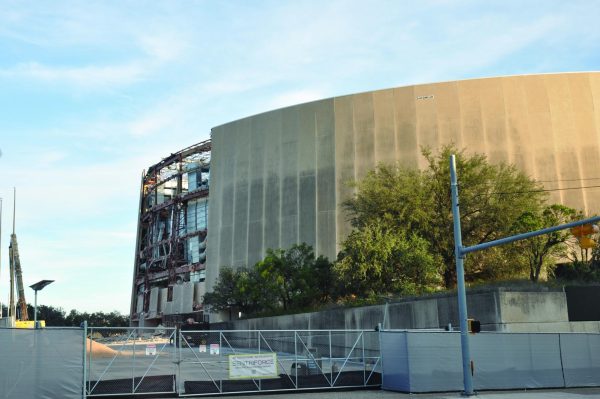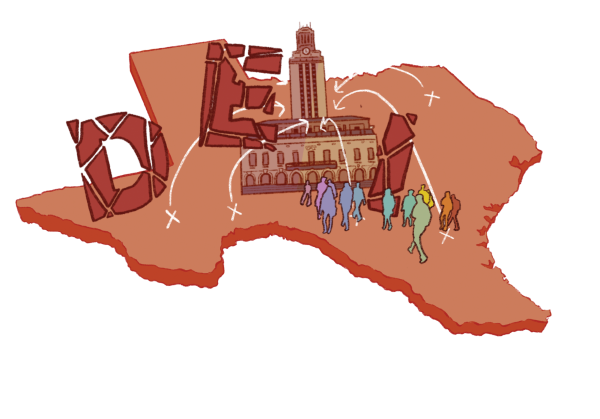‘Mo Money, ‘Mo Problems in Housing Market
December 19, 2022
Over the past year median rent prices in Austin have doubled, according to KVUE. Additionally, a report from Dwellsy ranked Austin fifth in a list of cities with the fastest-growing rent. Although Austin has been a rapidly growing city for a while, the change has accelerated by percentages as big as 30%-40% over the past few years, according to the Austin Chamber of Commerce. As house prices continue to increase, many native Austinites have seen issues with gentrification, and increased property taxes in their neighborhoods.
John Doggett is a professor at the McCombs School Business at the University of Texas at Austin. He said that Austin’s growing population directly impacts residents by causing increased house prices.
“I’ve been in Austin since 1989, and the definition of Austin has changed,” Doggett said. “It used to be within the city limits of Austin, and now it’s Greater Austin, to even have towns like Round Rock or Cedar Park viewed as being part of Austin.”
One example of this, Doggett said, is the shifting of African American and Hispanic communities, who originally lived in East Austin. Now, the dominant African American community is in Pflugerville, with the subdominant being Round Rock. Doggett said those that have left Austin say newer houses and better education systems drew them to suburbs. The general trend experts, like Doggett, are seeing Austin’s city limits decreasing in population while the greater Austin area gets larger.
New Austin resident Neha Govil bought a house in Pemberton Heights in Dec. 2021. Govil and her husband moved from San Francisco (SF) and said the growing tech community, unique culinary scene, and rich music culture attracted the couple to Austin.
“Covid ushered in ‘work from home’ policies that allowed us to think about living in other locations outside of where our work was based,” Govil said. “We had been living in SF for quite some time (my husband was there for 11 years, I was there for 6 years) and we were intrigued by the thought of a change.”
Doggett said Govil is not alone in wanting to move to the Austin area. When Doggett first moved to Austin, he said Pflugerville had about 400 residents but now it has a population of 40,000. Cedar Park was originally its own separate town but now has over 77,000 people. Austin’s suburbs have now become substantial towns of their own because it’s considerably less expensive to live in those areas than in Austin itself. Doggett said the key cause of this phenomenon is supply issues in the housing market.
“We have two things going on,” Doggett said. “We have Austin becoming more popular, so more people are moving in. So from a supply and demand standpoint, they’re more people wanting apartments and houses, and we can build them fast enough. So there’s a supply problem. We don’t have enough supply.”
Govil said when she was in the process of buying her house supply issues had a large effect on their search. She also said she had to make a few compromises when buying her house, like many buyers would have to with any house.
“We were very specific about the location in which we wanted to buy,” Govil said. “The challenge was inventory. There were very few homes coming to market at that time, which was exacerbated by the fact that Austin trades a lot of properties off market. We got lucky with the house we ended up buying. It was previously under contract, but fell through; after which, we picked up. Ours is an older home that has its quirks, many of which we found endearing and charming, some others were less than ideal. But the home met our ‘must haves,’ and since moving-in, we’ve enjoyed growing it into our own.”
Julie Gualandri, owner of Julie G Homes, said global politics have contributed to the housing issues and economic problems Govil experienced. Growing issues of inflation on both global and local scales have created the issues with supply and demand mismatch that mean house prices in Austin are much higher.
“Others are at war in the world, which has costs associated with it,” Gualandri said. “It interrupts manufacturing and delivery of goods, and with simple supply and demand… it turned it into a bidding war. So you’d price a house, let’s just use simple numbers, $10,000 for a house, which then gets more expensive than that because you have five buyers come in, and the highest bidder would bid $20,000.”
Situations like these quickly turn into cycles of bidding prices that are much higher than what the property was listed for. Gualandri said buyers will race to outbid each other and end up paying exorbitant prices. She said these bidding wars cause people to leave Austin, especially Austin natives who have lower paying jobs than newcomers and simply can not afford to live in the city anymore.
However, Doggett said inflation, issues with increased demand, and bidding wars are not the only parts of the puzzle. In addition, the city government has added yet another challenging aspect to increasing supply.
“We have just more people moving to Austin faster than we can build new products, new housing, [and] new apartments,” Doggett said. “And part of that is because the building regulations that the City of Austin has are pretty draconian in terms of they make it really difficult for people to build new property.”
These strict regulations, Doggett said, go hand in hand with supply chain issues. These supply chain issues, along with inflation, tend to slow down the whole process.
“Basically it’s a combination of everything so far,” Doggett said, “but inflation has just made things worse.”
Regardless of whether people are actually purchasing houses, Gulandri said they are still affected by the change in the housing market. She said increased property prices are responsible for pricing out many locals.
“Maybe they’re not buying a house right now, but the taxes on their house are up significantly because the taxes are associated with property values,”Gulandri said. ¨I would still say that Austin is not the most expensive place to live in America. It’s still less expensive here than other big cities and other states in the US.”

